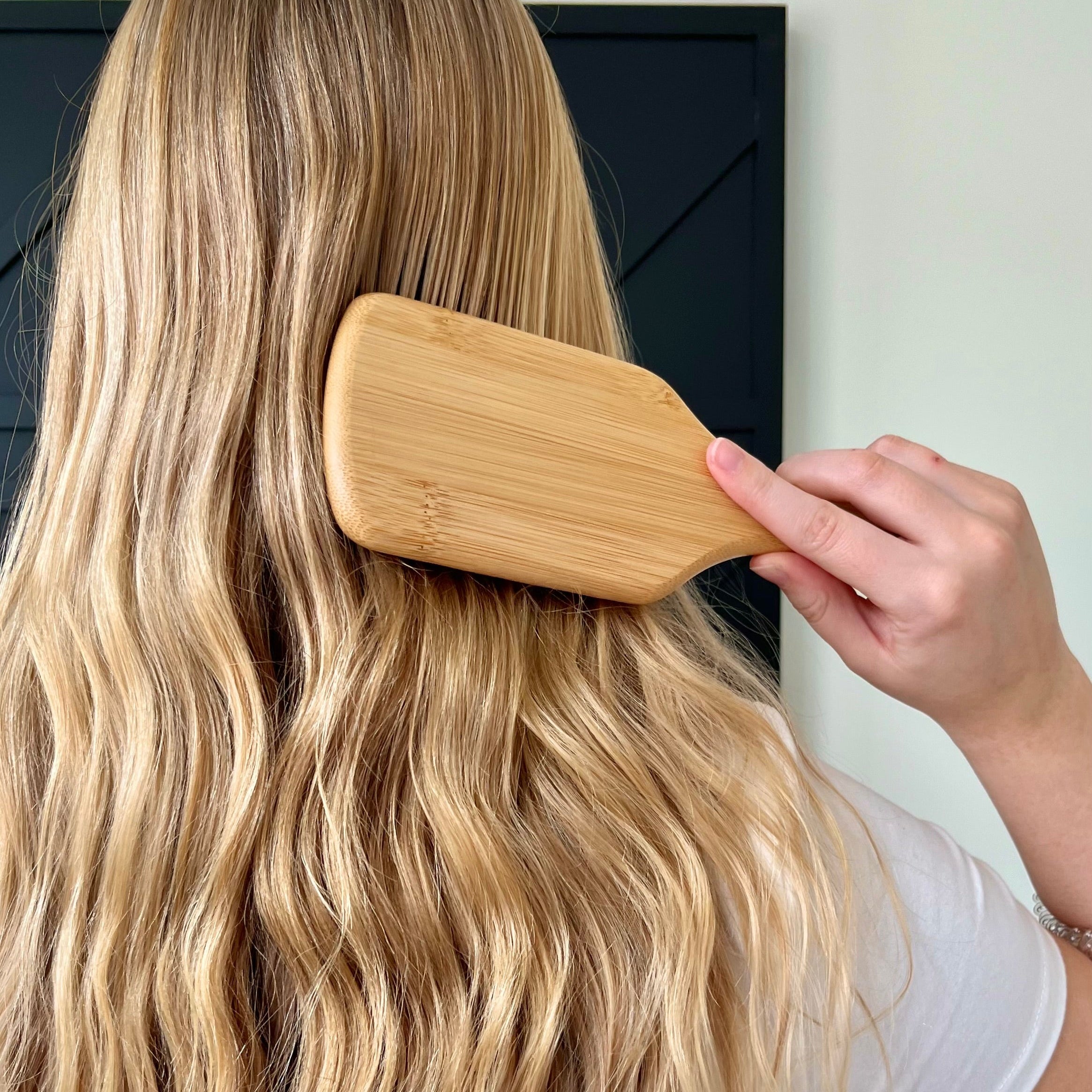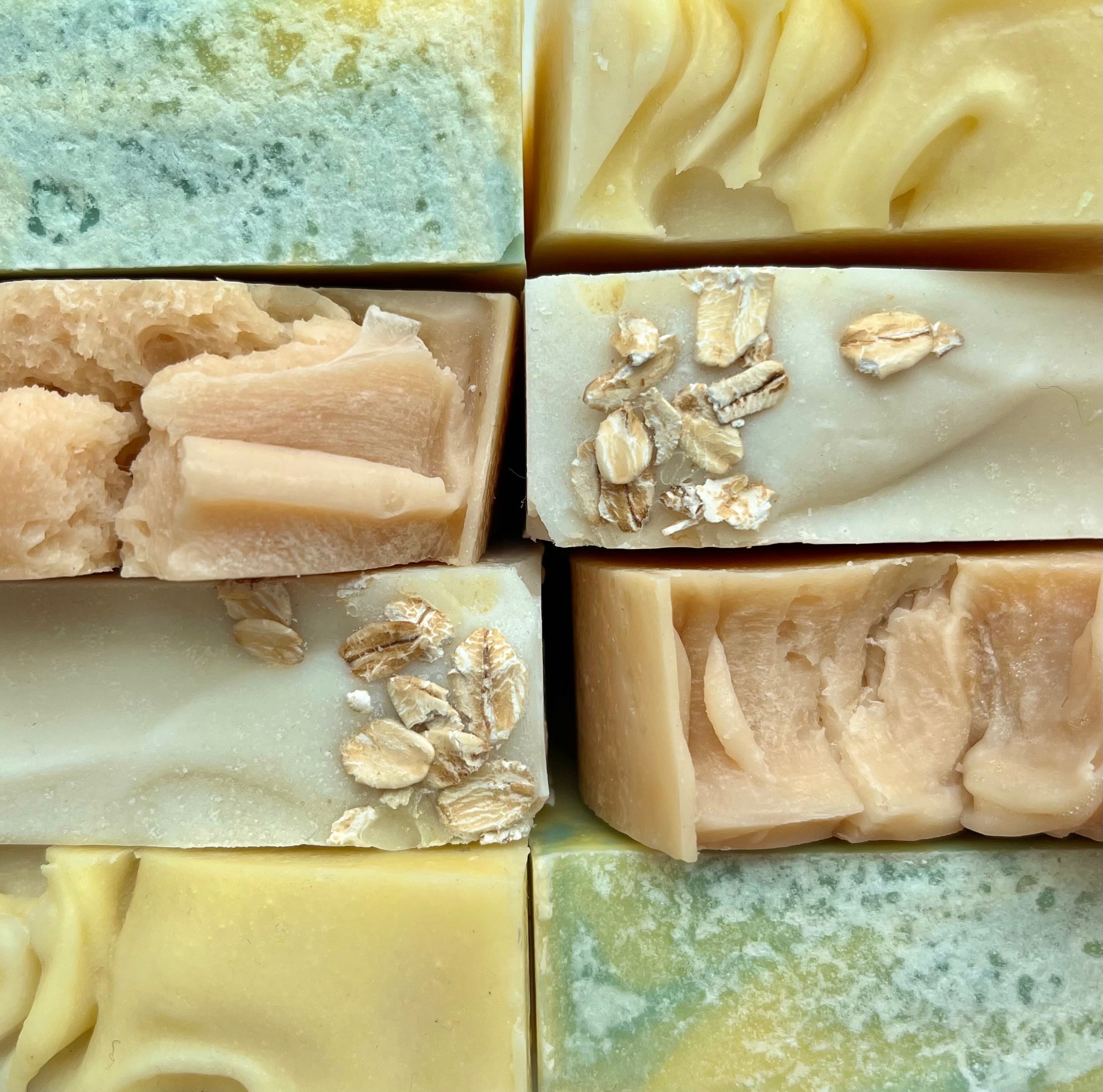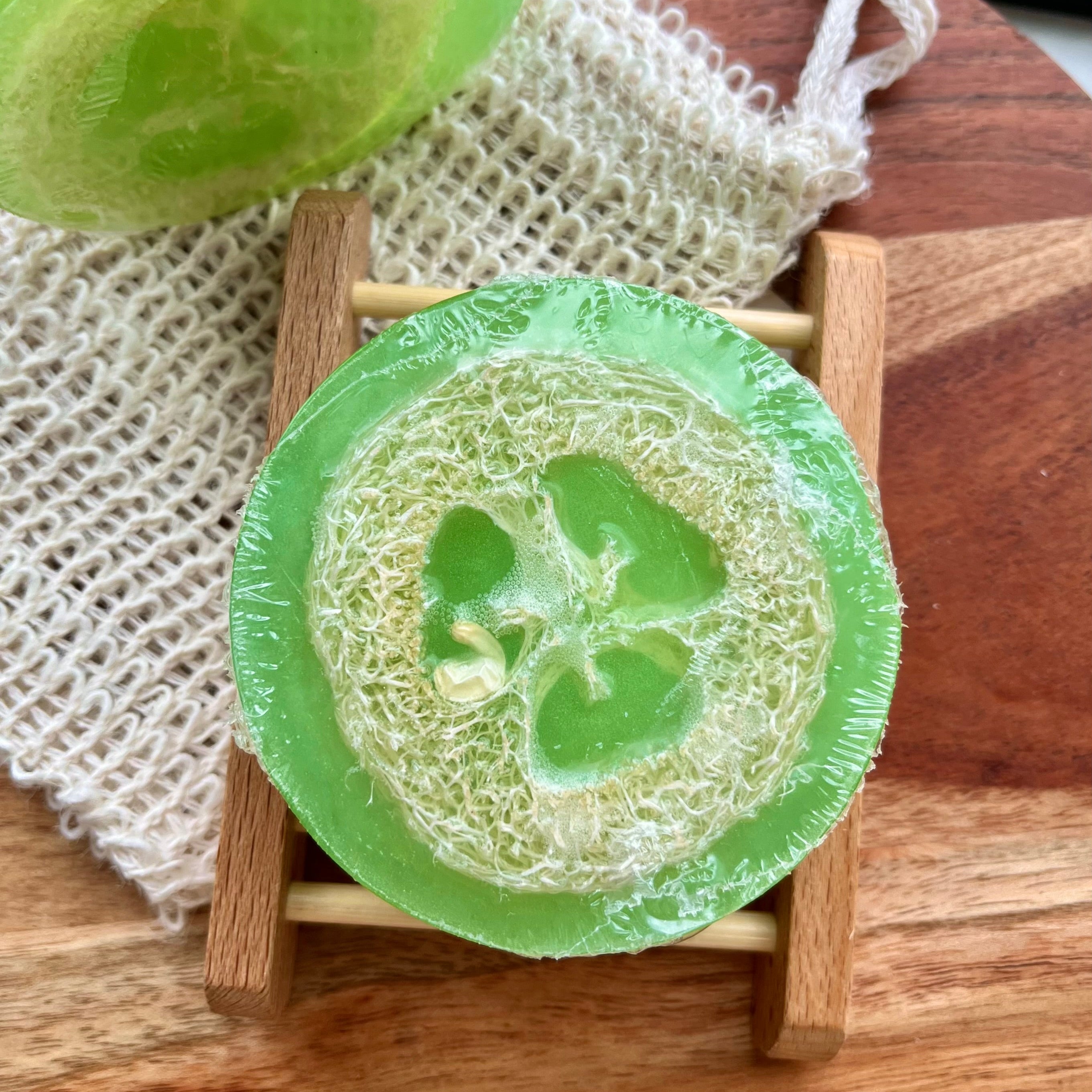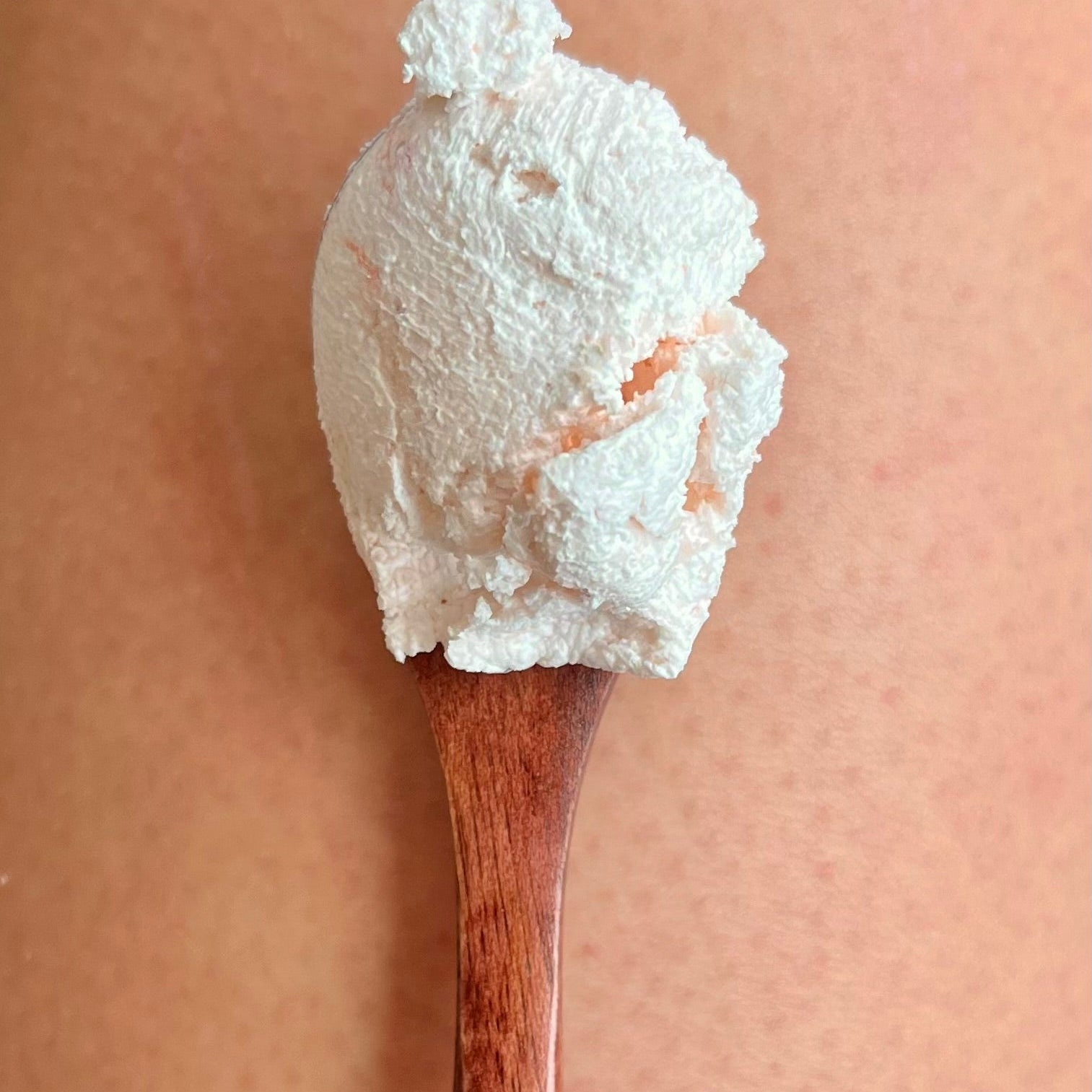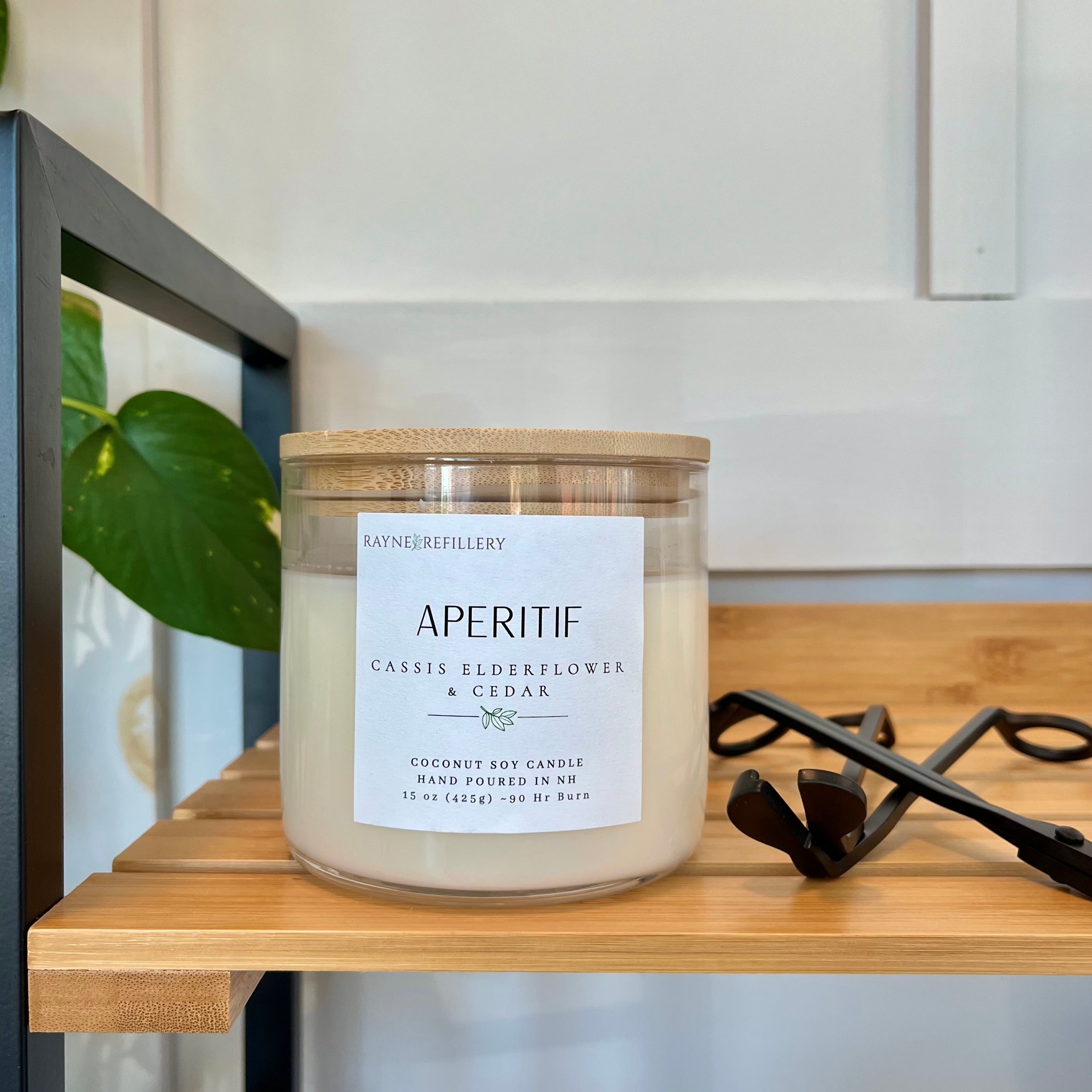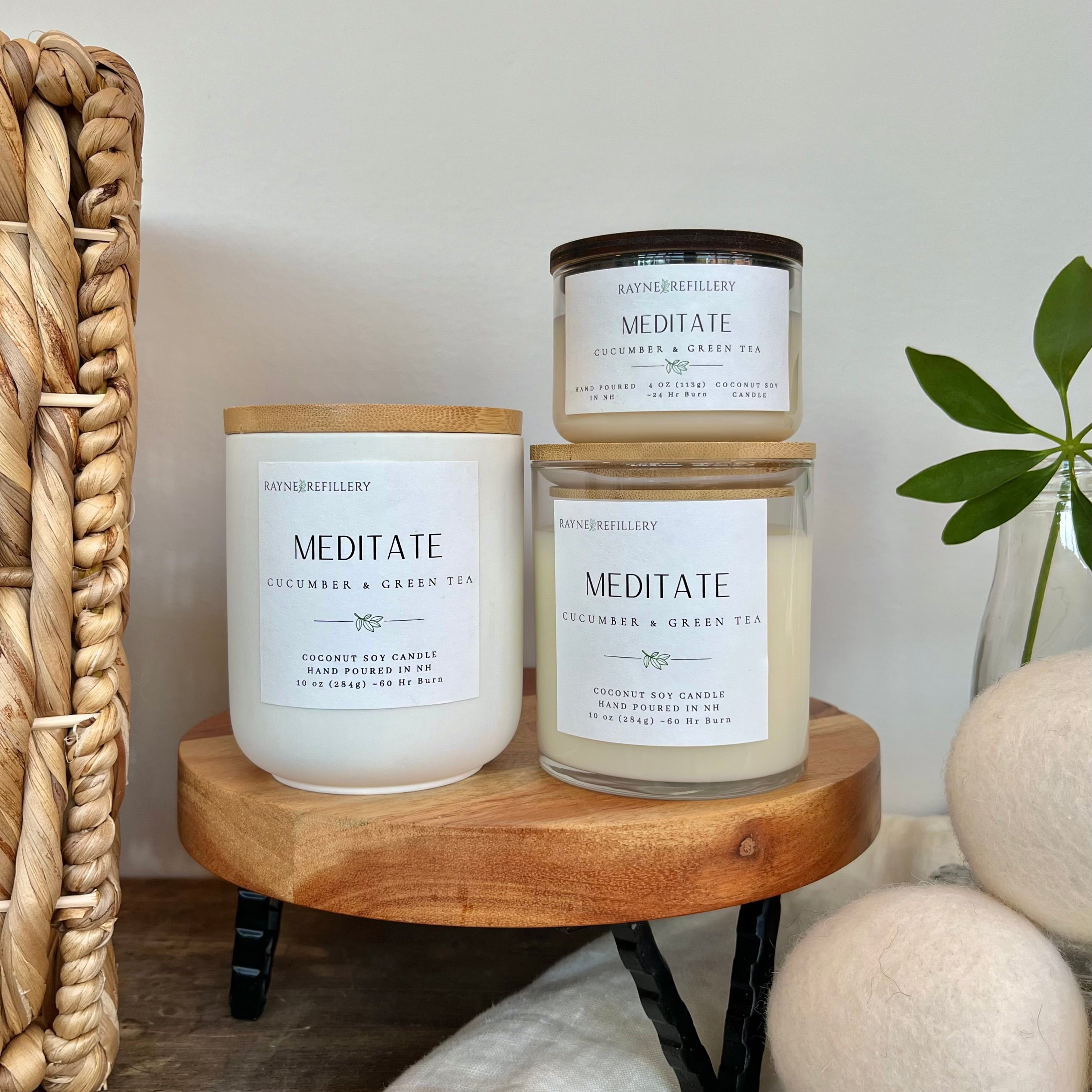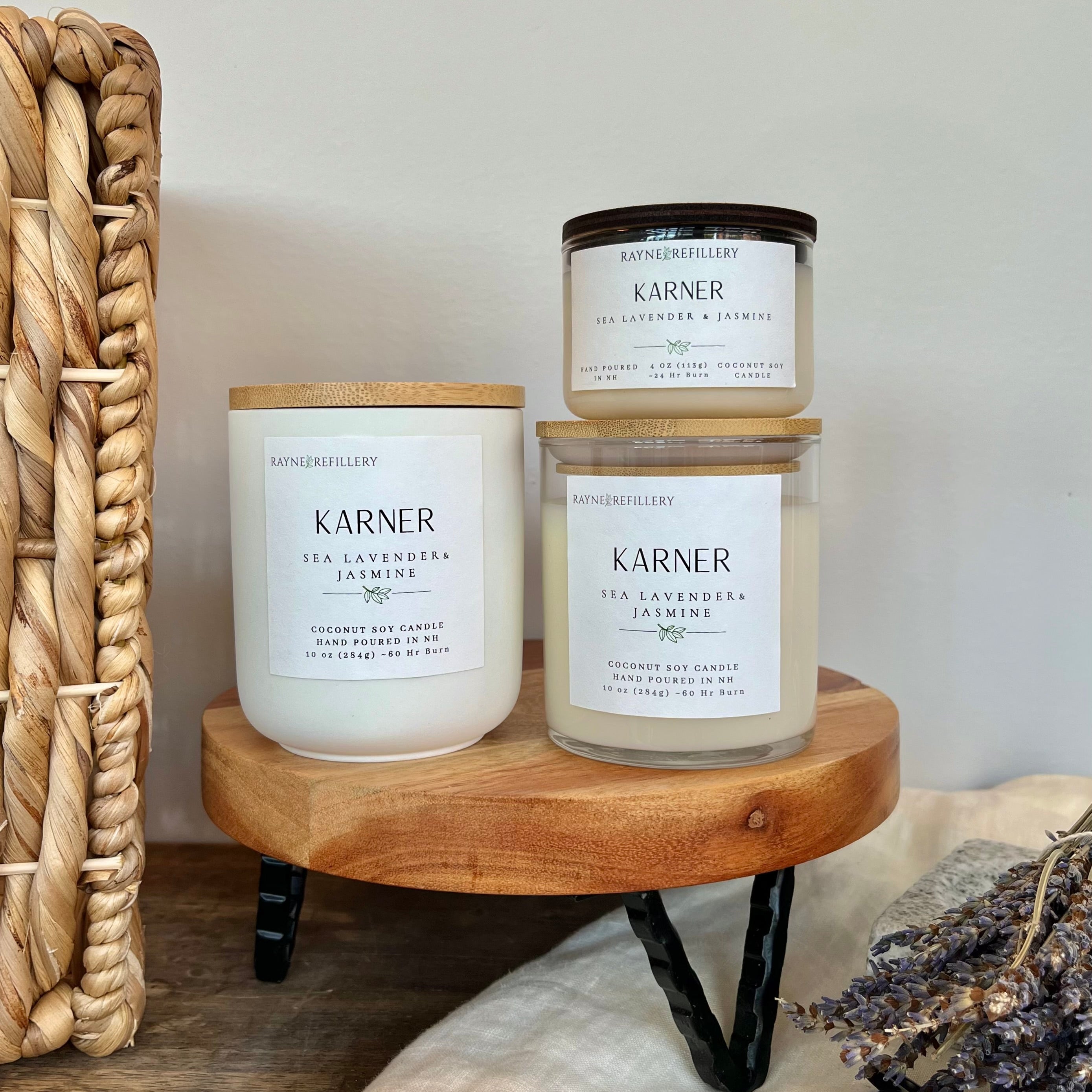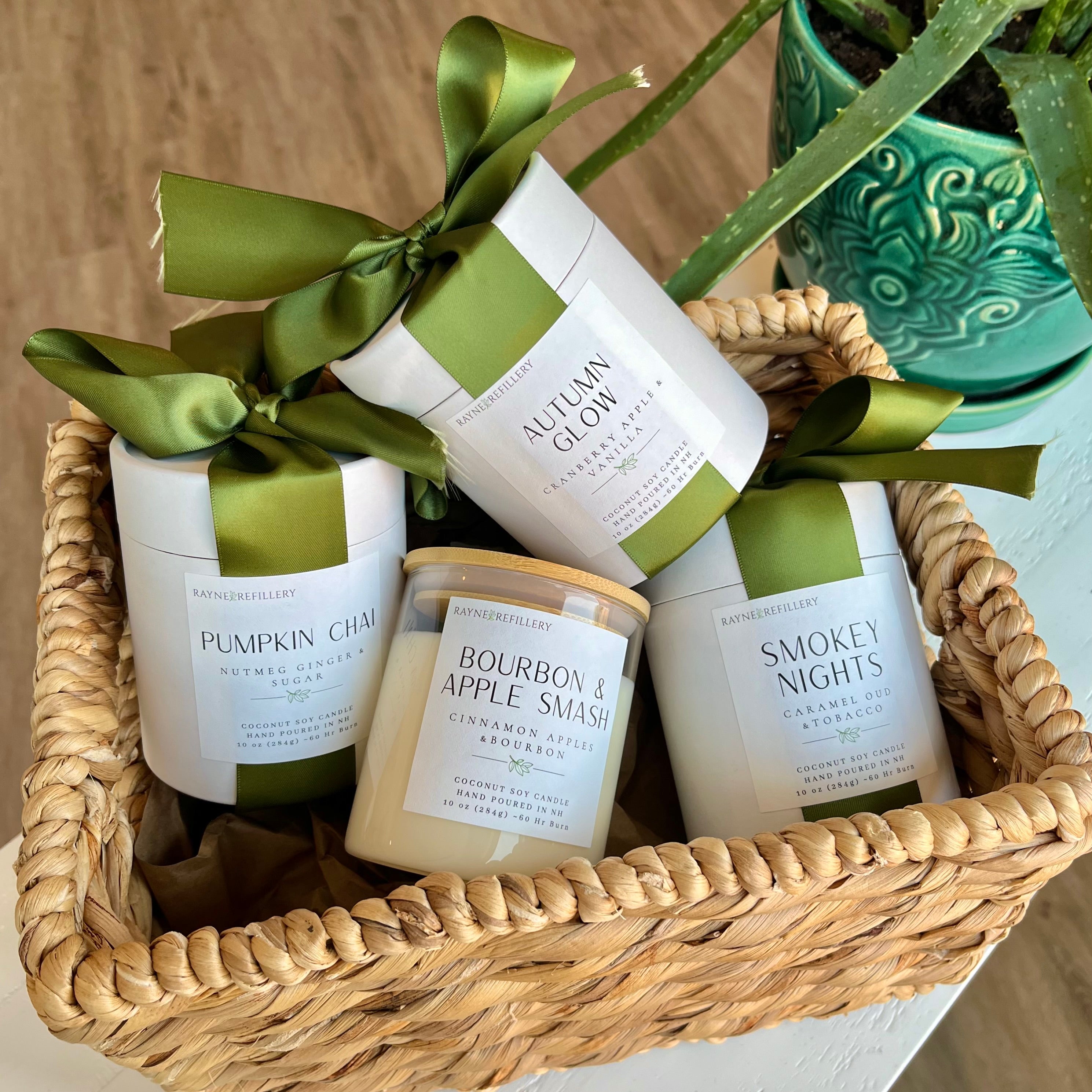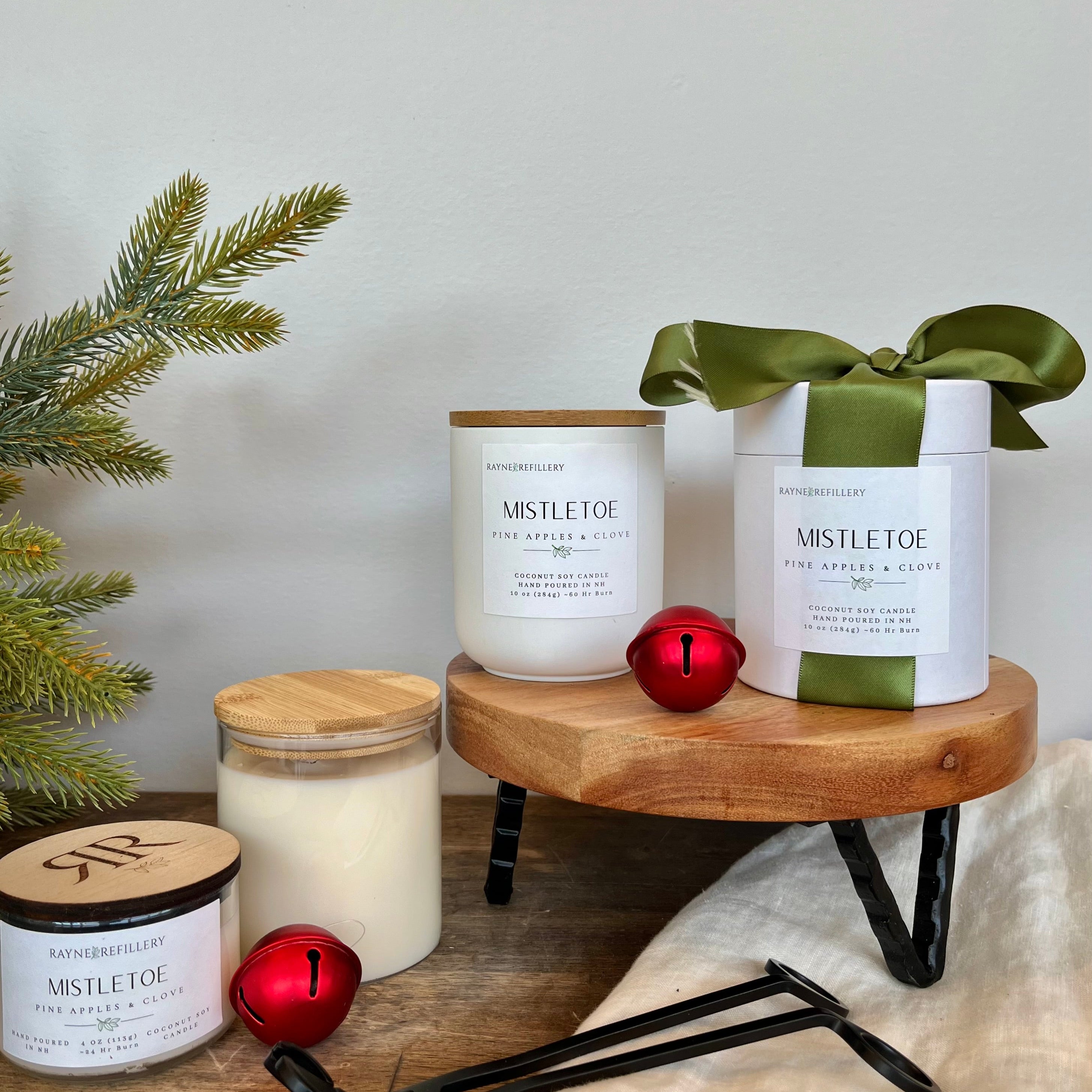You scrub your kitchen counters, spray your bathroom tiles, and wipe down your windows, thinking you’re keeping your home safe and clean. But what if those very products were quietly putting your family at risk? Many conventional cleaning products contain toxic chemicals that can irritate your skin, pollute your air, and even harm your health, even in small doses.
Understanding what’s inside your cleaning sprays, powders, and liquids is the first step toward a healthier home.
By the end of this post, you’ll know which chemicals to watch for, how they can affect your health, and simple ways to switch to safer alternatives.
The Most Common Toxic Chemicals in Cleaning Products
Before you start swapping out your cleaning products, it helps to know exactly what to watch for. Many conventional cleaners contain toxic chemicals that can irritate your skin and lungs.
Some are common in everyday products, hiding in plain sight behind vague labels or “safe-sounding” names. Knowing which ingredients to avoid is the first step toward a safer, healthier home for your family. Here’s a list of the most concerning chemicals frequently found in household cleaners:
Ammonia
Found in glass cleaners and multipurpose sprays, ammonia fumes can irritate your eyes, nose, and lungs. People with asthma or respiratory issues may experience flare-ups even after brief exposure.
Chlorine/Bleach
Chlorine is effective for disinfecting, but mixing bleach with other cleaners can release toxic gases. Long-term exposure can also damage skin and respiratory health.
Phthalates
These are often hidden in “fragrance” or scented cleaners. Phthalates have been linked to hormone disruption and may affect reproductive health over time.
Quaternary Ammonium Compounds (Quats)
Common in antibacterial sprays and disinfecting wipes, quats can irritate the lungs and skin, particularly in children and those with asthma.
Triclosan
Once popular in antibacterial products, triclosan may contribute to antibiotic resistance and endocrine disruption. It can also linger in water sources and impact the environment.
How These Toxic Chemicals Affect Your Family
Short-term exposure might seem harmless, a twinge of irritation in your eyes, a cough that won’t quit, or a mild headache after cleaning. But these fleeting symptoms are only the tip of the iceberg.
Long-term exposure to common chemicals in conventional cleaners can also lead to hormone disruption, respiratory problems, and even chronic health conditions over time.
Children are especially at risk.
Their developing bodies absorb chemicals more quickly, and toddlers’ tendency to touch everything and put things in their mouths increases exposure. Pets, too, are vulnerable, walking across freshly cleaned floors and inhaling fumes that can irritate their lungs or skin.
Even when you’re simply doing routine cleaning, these chemicals don’t vanish… they linger. They accumulate on surfaces, settle in dust, and hang in the air you breathe, quietly creating an environment that may feel “clean” but is actually full of invisible hazards.
How to Read Labels and Spot Toxic Chemicals
Don’t be fooled by buzzwords like “eco-friendly,” “natural,” or “non-toxic.” Many of these products could still contain harmful chemicals hidden in fragrances, preservatives, or surfactants.
Always read the ingredients instead of relying solely on marketing claims.
Reading cleaning product labels doesn’t have to be intimidating. Here are a few tips to help you make safer choices:
-
Scan for Hidden Fragrances: Words like “fragrance” or “perfume” can hide dozens of chemicals. Look for products that specifically list essential oils or leave fragrance out entirely.
-
Check the Ingredient List:
-
Watch for any of the toxic chemicals we mentioned earlier, like ammonia, quats, SLS, or phthalates.
-
Look for unfamiliar, complex chemical names, especially those ending in -eth, -ene, -chlor, or -sol. These are often surfactants, solvents, or preservatives that can be irritating or toxic.
-
Prioritize Simpler Formulas: Fewer ingredients usually mean less risk. Products with short, clear ingredient lists are often safer for your family and pets.
-
Use Online Tools and Apps: Apps like EWG’s “Healthy Living” or “Think Dirty” can quickly show which products contain toxic chemicals.
-
Check Safety Certifications: Look for verified labels like Leaping Bunny, EPA Safer Choice, or Ecocert, which indicate higher standards for health and environmental safety.
-
Trust Your Senses: If a product has an overwhelming chemical smell, it’s likely loaded with synthetic fragrances, a good reason to choose a cleaner alternative.
Non-Toxic Cleaning Alternatives for a Safer Home
Switching to safer cleaning options doesn’t mean you have to compromise on cleanliness or effectiveness. In fact, many non-toxic cleaning alternatives are just as powerful as conventional chemical cleaners and without the harmful side effects.
-
Plant-based or non-toxic cleaners:
Many brands now offer naturally derived products that tackle tough messes without using harsh chemicals, including our own carefully curated selection at Rayne Refillery.
Look for products labeled biodegradable, non-toxic, or free from ammonia, bleach, and phthalates.
-
DIY swaps:
Simple ingredients you likely already have at home, like vinegar, baking soda, lemon, and castile soap, can handle a surprising range of household cleaning tasks safely. From deodorizing carpets to cutting through grease, these pantry staples are effective, inexpensive, and chemical-free.
-
Refillable and low-waste options:
Choosing products with refillable containers or concentrates reduces plastic waste while keeping your home sparkling clean. It’s a win-win for both your family’s health and the environment.
Protect Your Family Without Compromising Cleanliness
A clean home shouldn’t come at the cost of your health. By swapping toxic cleaners for safer alternatives, reading labels carefully, and making small but meaningful changes, you can create a safer, healthier home. Every step toward non-toxic cleaning is a step toward peace of mind for you and your family.
For those ready to make the switch, consider refillable, non-toxic cleaning products from trusted brands just like us. With transparent ingredients and eco-conscious packaging, our products make it easier to maintain a clean, healthy home without exposing your family to harmful chemicals.
